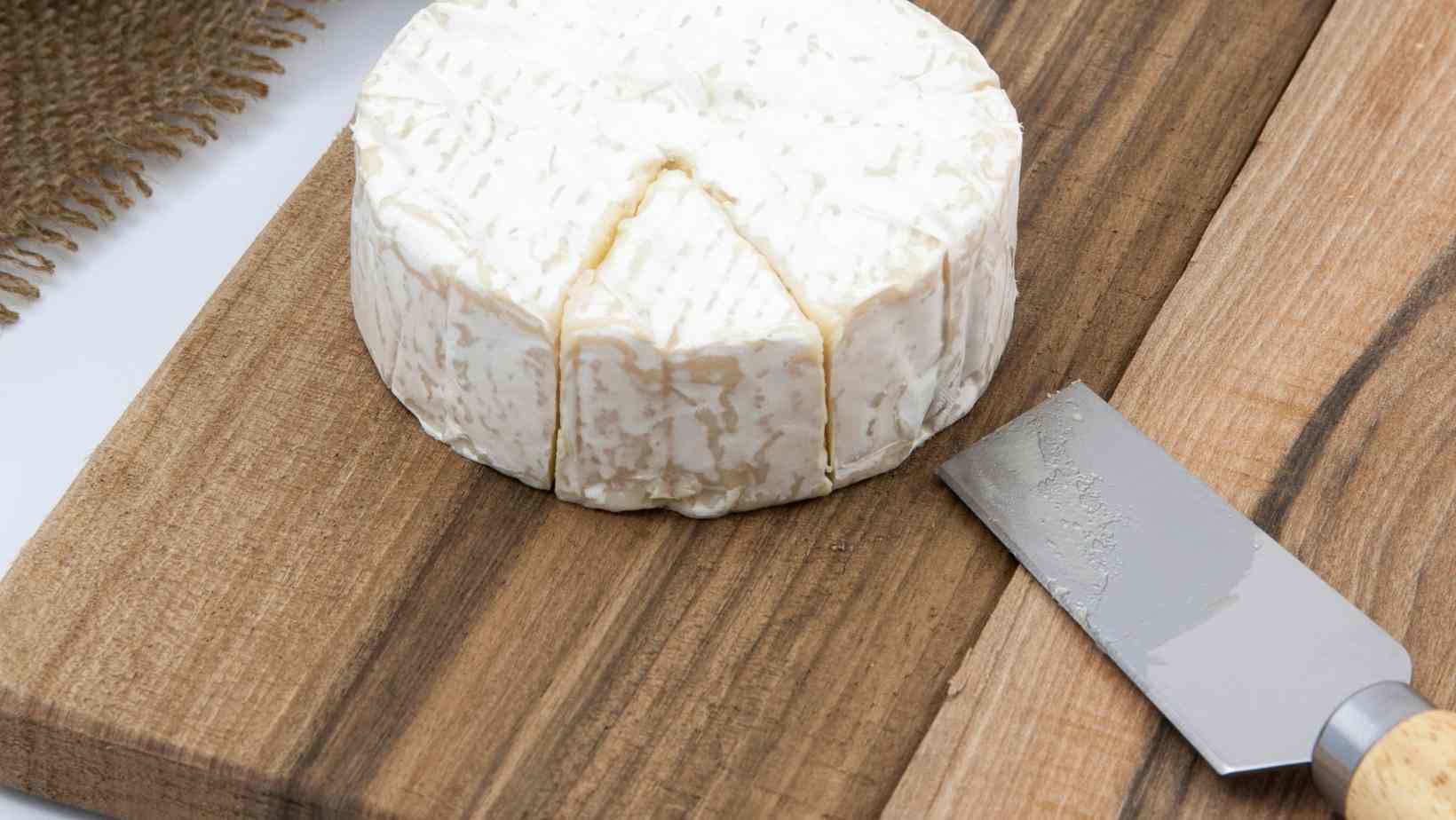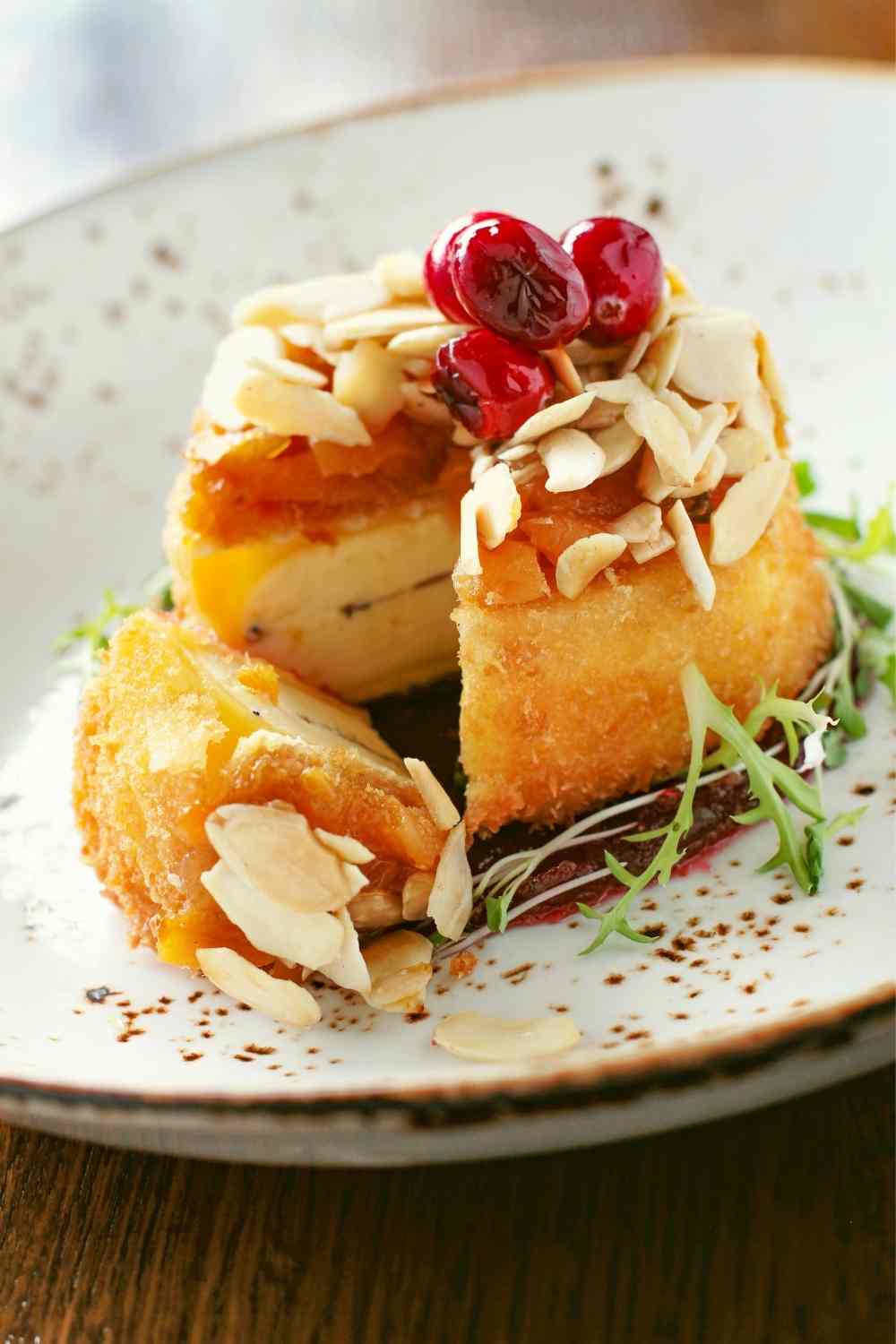Brie was once handed to French kings as a form of homage. It's simple to see why, especially once you've mastered the art of eating Brie. Président Brie is a mainstay at every memorable gathering, soft and creamy with a delicate yet deeply delicious flavor. Let us give you some expert tips and tactics on how to eat Brie like the French do, whether you are a beginner to this beautiful cheese or a seasoned cheeseboard veteran.

When Should Brie Be Served?
When brie is fully ripe, the outside will be hard, while the inside will be slightly bouncy and resilient. Brie that is underripe is rigid to the touch, but overripe Brie is creamier and almost watery.
Cheese is traditionally offered as a separate course during a French meal, right before dessert. However, serving cheese as an appetizer or during a celebration is commonplace (and with good reason). Don't be afraid to start your party, dinner party, or snack session with some delicious Brie.
Brie: How To Serve It
When serving Brie, remove it from the refrigerator about an hour before serving. This will allow the cheese to soften and become seductively creamy once it has reached room temperature.
Place the wheel or wedge on a tray with a knife and your preferred accompaniments. Slice one or two small slices ahead of time if serving a wheel. This will offer your guests an idea of how big a serving size should be. (It might also help anyone who is nervous about making the initial cut!) If you're going to serve a wedge, don't take off the cheese's tip, which is often the tastiest section. Instead, cut along the wedge's side. This ensures that everyone gets a taste of every component of the cheese.
It's not essential to scoop off half of the wedge, distribute the cheese, or make a sandwich to enjoy Brie. Simply combine a small slice of cheese and a small piece of bread.
You can eat the rind, too! Scraping the inside of the cheese and avoiding the rind is considered impolite by some. Again, set an example for visitors in case they are perplexed.
What Can You Eat With Brie?
Brie has a flavor that is both rich and subtle. When choosing foods to serve with brie, it's vital to highlight these features without overpowering them. Brie is traditionally served with a baguette or another crusty bread that complements the cheese. Another easy option that won't detract from the cheese is plain crackers.
Brie's smooth texture will be enhanced by pairing it with anything acidic, such as apples, grapes, or pears, or sweet and zesty sides like fig jam or honey. If you're looking for something more substantial, consider unsalted pecans or candied walnuts, or set out a charcuterie platter with cheese alternatives.
Of course, nothing goes better with Brie than more cheese. Having a variety of cheeses to pick from will delight your visitors. On a cheese platter, an odd number of cheeses is recommended for aesthetic reasons. The best way to assure a good tasting experience is to arrange them by flavor, from mildest to strongest. Start with Président Brie for its creamy texture, then go too nutty Président Don Bernardo Manchego, and finally finish with exquisite Président Le Bleu.

Beyond these basic coupling principles, the possibilities are limitless. Président has a variety of seasonal cheese plate ideas if you want to keep exploring new ways to enjoy Brie. The President's guidance on assembling the ideal cheese and charcuterie dish is also sure to inspire.
What Should You Drink With Brie?
Champagne is the drink of choice while serving Brie. Brie, on the other hand, goes well with a variety of wines and beers. Soft, fruity red wines, such as Pinot Noir, will complement Brie's mellowness well. Sauvignon Blanc, an acidic, herbaceous, dry white wine, will also perform well.
Brie goes well with substantial beers like Scotch Ale, Stout, or Porter. Additionally, a fruitier beer or a highly carbonated Pilsner will complement any Brie experience. If alcohol isn't an option, light and refreshing fruit liquids like an apple or grape juice are a great alternative.
How to Properly Store Brie
Brie's ripening is slowed by cutting into it. Consume the cheese within the following few days, or store it in the refrigerator until your next munching opportunity.
Wrap the remaining cheese in waxed paper or parchment paper, rather than plastic wrap, for fresh Brie. The rind will be able to breathe and keep dry as a result of this.
Cheese Plates Aren't Enough
There are countless ways to employ Brie's creamy, appealing flavor after you've learned how to eat it. Warm, baked Brie is positively heavenly, if room temperature Brie is silky and soft. President has a number of recipes to get you started baking Brie, and in the summer, try grilling a wheel. Brie also works well as a silky element in a variety of delectable recipes, such as a sumptuous stuffed pork chop or on top of highly coveted sliders. Good appetite!




